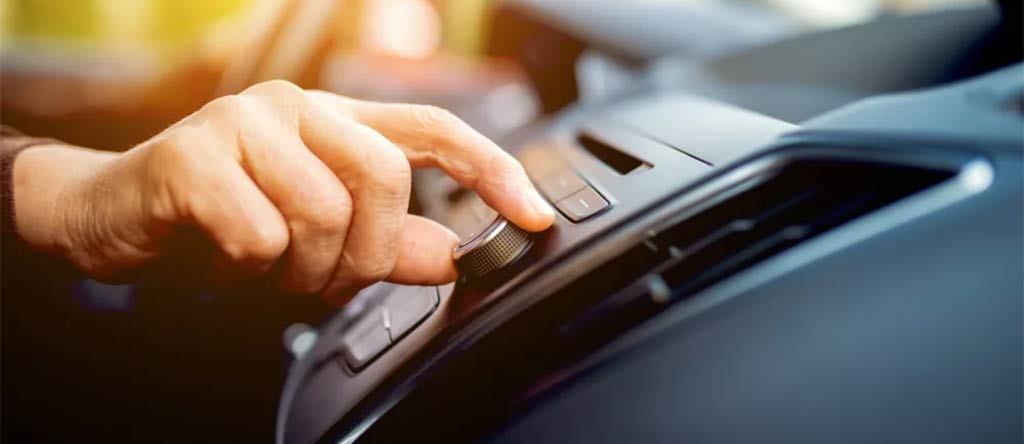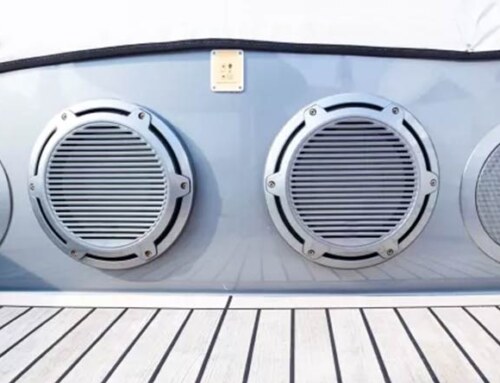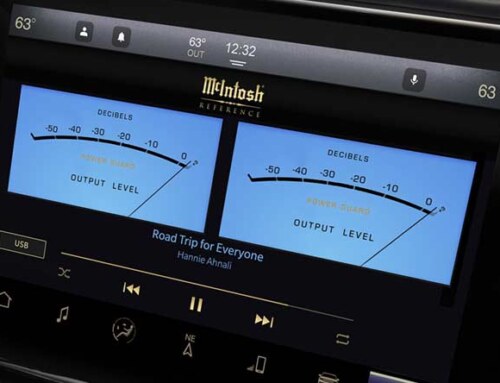If you are an audiophile and spend a lot of time in your car, having an optimally tuned car stereo system makes all the difference. Most audiophiles want stunning highs, clean mids, and strong bass when they adjust their sound systems, but achieving the correct balance is not always easy. Whether you are new to this or have some experience, these expert tips will help you optimize your car stereo for the best possible sound quality, making your regular drive a concert on wheels.
1. Start with the Right Equipment
Before you begin tuning, it’s crucial to ensure your car stereo equipment is up to standard. You can’t expect to achieve an excellent sound from substandard gear. Quality speakers, a good amp, and a good head unit with tunable components are essential. If your factory configuration isn’t cutting it, consider replacing your speakers or adding a subwoofer to address the bass further. This step will leave you feeling prepared and equipped for the tuning process.
Once you have your equipment installed, it’s vital to ensure everything is installed correctly. Loose wires or reversed polarity (positive and negative terminals swapped) can significantly affect sound quality. This step will leave you feeling secure and confident in your setup.
2. Familiarize yourself with the Basics of Audio Frequencies
Understanding general frequency ranges will enable you to make more informed choices when tuning your stereo system. Here’s a brief overview:
- Bass (Low frequencies): 20Hz up to around 250Hz. It’s what gives your music power and substance.
- Mids (Midrange frequencies): 250Hz up to 4kHz. Most vocals and instruments are here, so good mids are crucial for a clear sound.
- Treble (High frequencies): From 4 kHz to 20 kHz, this range is about clarity and detail, mainly in cymbals, vocals, and high-pitched instruments.
3. Employ High-Quality Music Files
Your music files play a crucial role in determining the quality of your car stereo’s sound. Compressed low-quality MP3 files are highly compressed, sacrificing much audio detail. Where available, employ lossless audio files like FLAC or high-end streaming services that offer premium sound. This step will make you feel discerning and selective about the music you choose for your car stereo.
If you listen to distortion or the absence of detail in your music, the file bitrate might be causing it. Less than 256kbps is too low a bitrate to diminish overall listening quality, especially considering you’ve already paid for an efficient sound system.
4. Position Your Speakers for the Ideal Sound
Poor speaker placement can prevent you from receiving optimal sound, even with the best equipment. For instance, if your speakers are placed too close to a wall, the sound can be reflected and cause distortion. You need to establish a balanced soundstage so that you’ll hear the music as if it’s occurring right before you.
Front vs. Rear Speakers: Front speakers should take precedence because your ears are the most sensitive to sounds coming from the front. Rear speakers may add ambience, but need to be reduced or even turned off in certain situations.
Speaker Alignment: It is best to point the left and right speakers straight at your ears. But this isn’t possible in most cars, so you can use time alignment settings to time-align sound from one speaker so that it sounds the same distance away.
5. Set Your Gains Correctly
Most people confuse gain with volume, but the gain setting on your amplifier actually adjusts the signal level between your stereo and amplifier. Having it too high can add distortion to your sound, while having it too low will make the music sound thin.
Here’s how to set it correctly:
- Begin by flattening all your EQ settings (bass, mids, treble).
- Turn the volume on your head unit up to around 75% of its maximum capacity.
- Slowly increase the gain on your amplifier until you start hearing distortion, then back it off until the sound is clean again.
- Gain settings correctly assist you in getting maximum volume without distortion, so this process is crucial for clean, powerful sound.
6. Employ an Equalizer (EQ) to Shape Your Sound
The equalizer is your best tool for fine-tuning your car stereo for perfect sound. Most head units come with an inbuilt EQ, and you can manually tweak frequencies or choose from preset settings like “Rock,” “Pop,” or “Jazz.” But for the best results, avoid the presets and tune manually.
Some EQ tuning tips are:
- Increase bass with caution: It’s easy to turn up the low end, but too much bass can swamp the mids and highs, muddy your sound.
- Cut, not boost: Experiment with cutting others instead of boosting frequencies to achieve a desired sound. For instance, if the bass is too boomy, cut a bit from the low mids rather than raising the highs.
- Fine-tune in small steps: Make small changes and listen to the adjustments. Don’t make extreme EQ adjustments all at once. It’s a matter of fine-tuning over time.
7. Tune for Your Vehicle’s Acoustics
Each car interior is unique, and vehicle acoustics can significantly impact sound. Materials such as leather and fabric, the size of your cabin, and even your car’s shape will influence how sound travels. Use an RTA (Real-Time Analyzer): A store-bought RTA unit will help you hear the frequencies in your car and determine where you need to make adjustments. While it costs a couple of bucks, it is quite possibly the best way to set up your car stereo system. Speaker Damping: When you hear unwanted vibrations or rattles, especially when you’re playing music loudly, adding sound-deadening materials is a good idea. This will improve bass response and rid your system of unwanted noise interference.
8. Test with Different Genres of Music
Once you have adjusted the settings, test your system with all types of music. For instance, classical works best for quality and detail inspection, while EDM and hip-hop will test your system’s bass response. Rock or pop will test your mids and highs to ensure they’re well-balanced. Jazz and blues can be used to test the clarity and separation of instruments. Here for consistency across different styles. If your system sounds great with one style of music but horrible with another, you must tweak your settings again to obtain a more optimal sound balance.
9. Make Periodic Adjustments
Experiment with minor variations constantly, and you will eventually discover the ‘sweet spot’ where your car stereo produces just the right sound according to your preference. The ‘sweet spot’ is the perfect balance of bass, mids, and treble that suits your listening style and the acoustics of your car. Adjusting your car stereo system is a science and an art. With the correct procedure and these professional tricks, you can create a balanced, dynamic sound system that will make your every ride a listening pleasure. Happy tuning!





